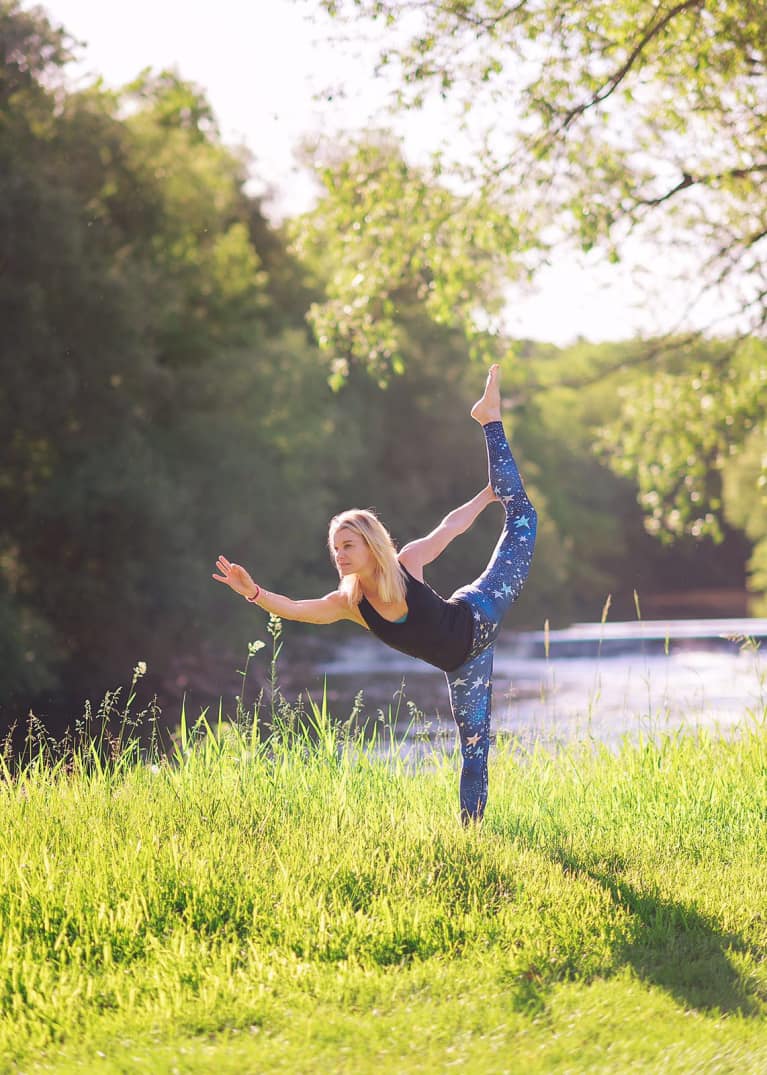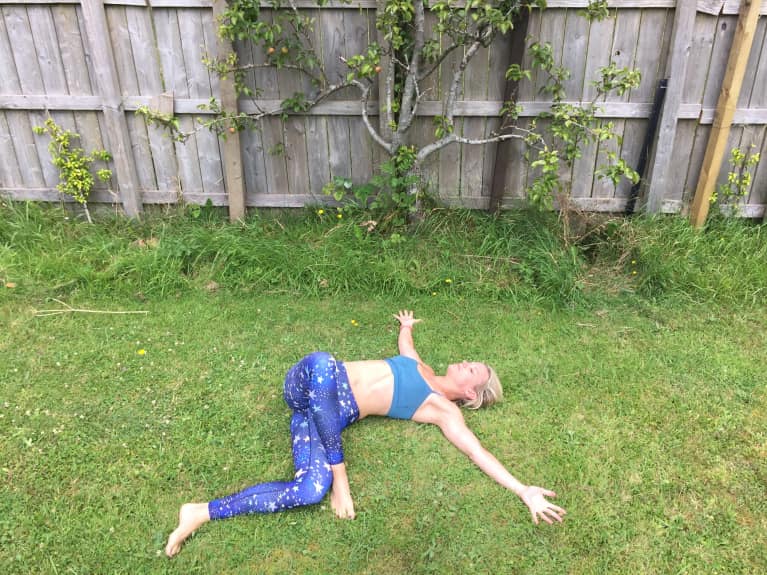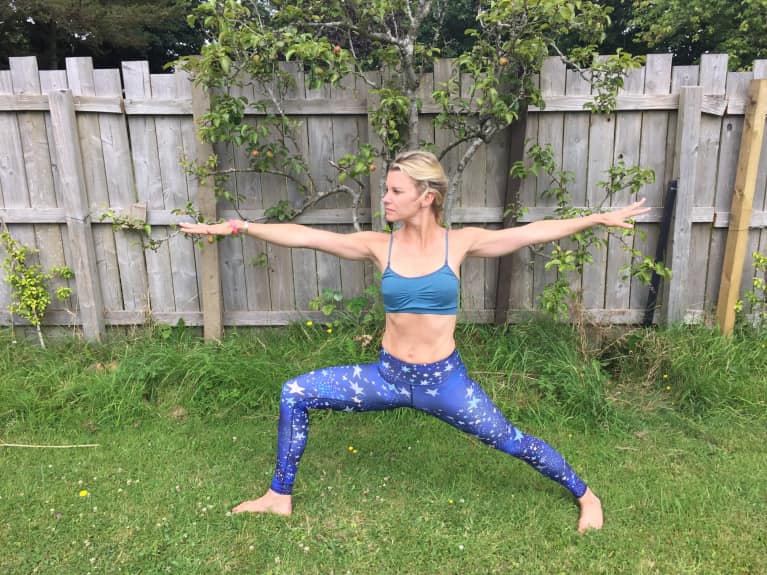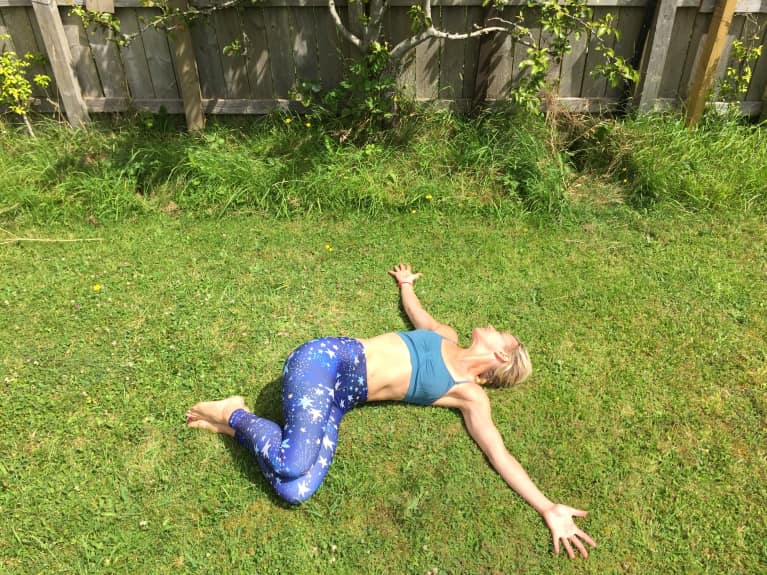If you usually do not get a good sleep at night, there are chances that you might be aging faster than you should. You may not exactly feel at the top of the world, and your thinking could be confused and muddled. When we sleep, our body repairs on a cellular level and removes toxins. Therefore, it is necessary to get at least six to eight hours of good sleep daily.
If you are unable to get enough good sleep, yoga can help. Regular practice of yoga is known to help alleviate several ailments, including insomnia and abnormal sleeping habits. The following yoga stretches can help you relax and enjoy a peaceful and great sleep:
- Standing forward bend (Hastapadasana)
- Cat stretch (Marjariasana)
- Child pose (Shishuasana)
- Butterfly pose (Baddhakonasana)
- Legs-up-the-wall pose (Viparita Karani)
Yoga poses for a sound sleep:
1. Standing forward bend (Hastapadasana)
This pose stretches the back muscles, makes the spine supple and invigorates the nervous system by increasing blood supply.
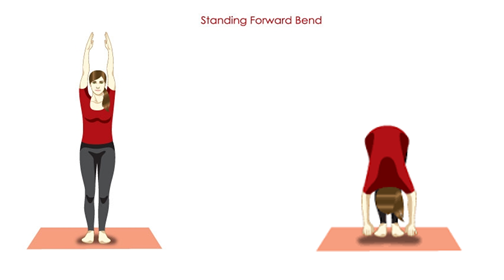
2. Cat stretch (Marjariasana)
An excellent stretch for making the spine flexible, the Cat stretch also massages the digestive organs and improves digestion, helping you sleep well. It also improves blood circulation and relaxes the mind.

3. Child Pose (Shishuasana)
A deeply relaxing stretch for the back, this pose also helps calm the nervous system and aids you in sleeping peacefully.

4. Butterfly pose (Baddhakonasana)

This pose can help remove fatigue from long hours of standing or walking. It is a good stretch for inner thighs, groin, and knees.
5. Legs-up-the-wall pose (Viparita Karani)
Lie down straight on your back. Now lift one leg up, followed by the next, and let your feet rest on the wall Extend the arms along the sides, palms facing up.
Now close your eyes and keep taking deep breaths as you relax into the pose. You may use an eye cushion over your eyes to block the light and completely relax. Stay in the pose for as long as you comfortably can and then slowly come out, bringing the legs down.
This is an excellent pose to relieve tired legs and feet. It also helps increase blood supply to the brain, thereby calming the mind and relieving it of a mild headache.
Besides these yoga poses, lying down in Corpse pose (Shavasana) and doing Yoga Nidra after meals help relax the body.
Sleep experts often point to the importance of creating a standard nighttime routine to signal your body that it’s time to prepare for sleep. You may choose to include Nadi Shodhan pranayama in your ritual to relieve tension and relax into a peaceful sleep.
Other tips to help you sleep better
- Avoid doing Bhastrika pranayama and Sudarshan Kriya in late evenings. They will fill you with a lot of energy and prevent you from falling asleep.
- Avoid watching a horror movie late night, as the thought of it will keep lingering in your mind.
- Listen to soft instrumental music such as veena or chanting or some knowledge talk before getting ready to sleep.
- Sleeping in the afternoon for about half an hour and at night for six to eight hours is a good practice.
- Introspect on what you did during the day. Feel content, pray and go to sleep with a happy and relaxed mind.
- Finish your dinner latest by 8:30 p.m. Keep a gap of at least two hours between your last meal and bedtime.
- If you had a quarrel with your partner or loved one, make sure you sort it out before you go to sleep.
- Avoid taking stimulants at night, especially if you are suffering from insomnia.
- Meditate or do Yoga Nidra before going to sleep. This will help you relax and assist in getting sleep.
